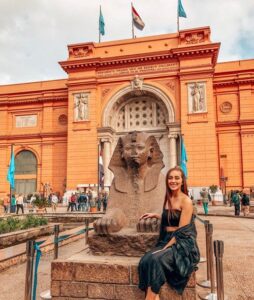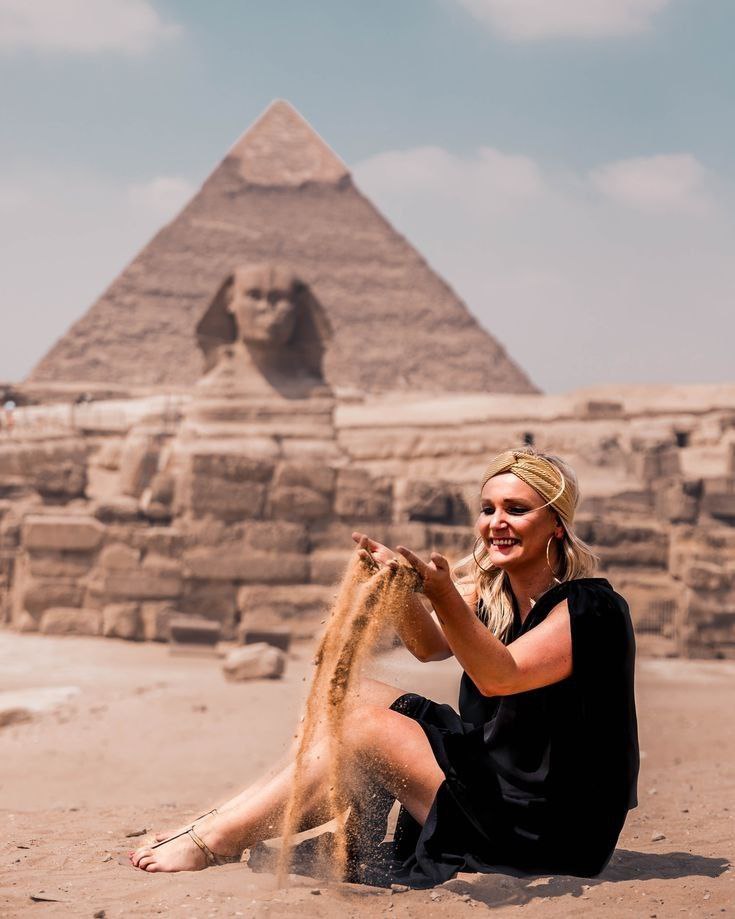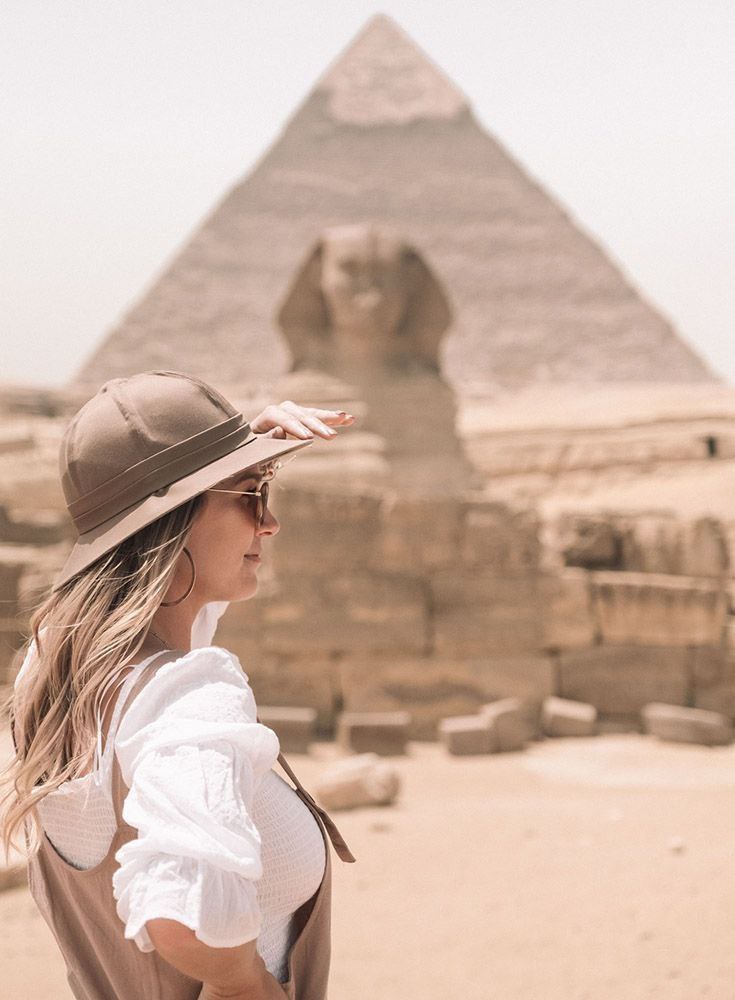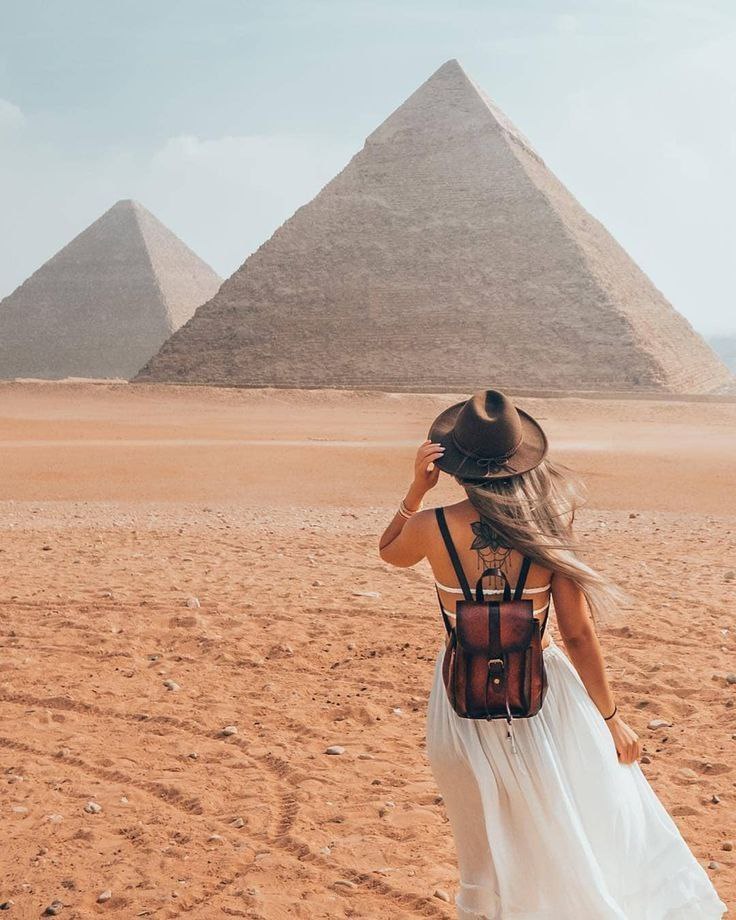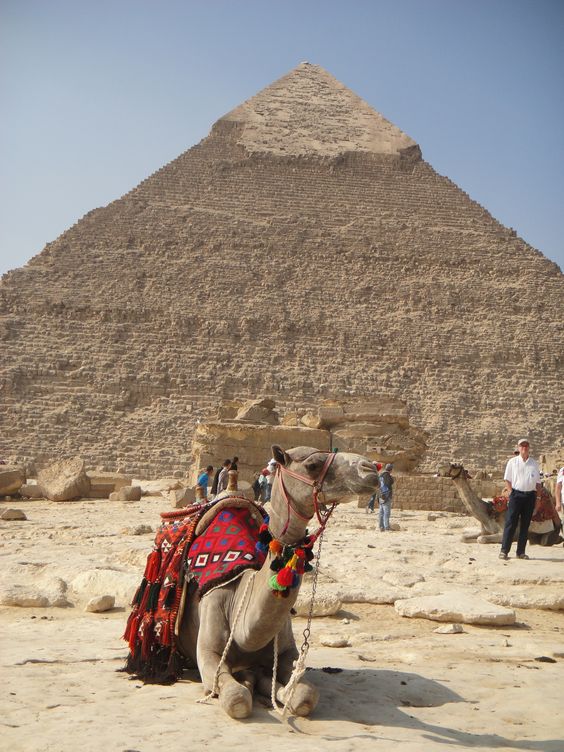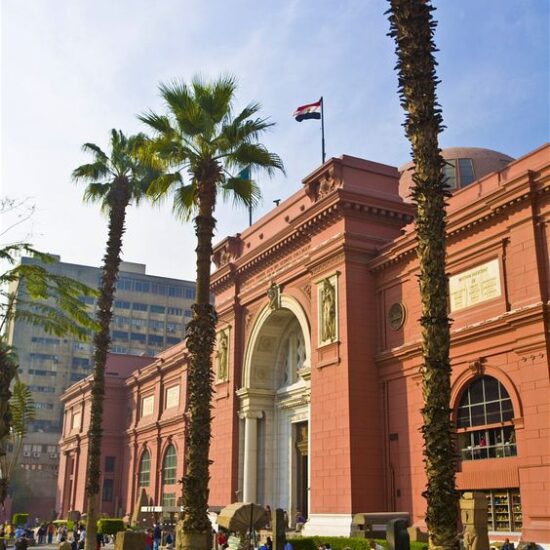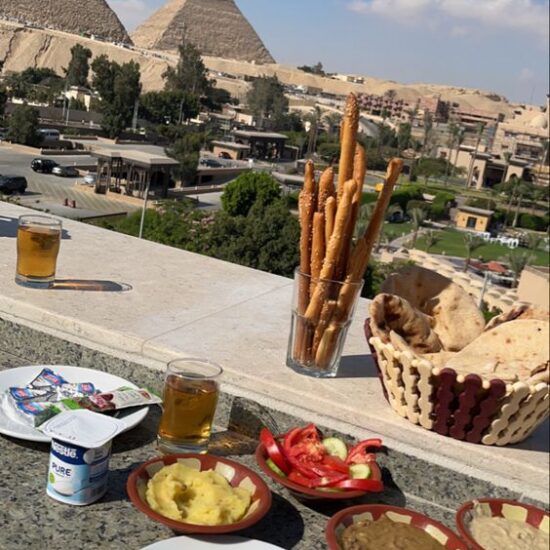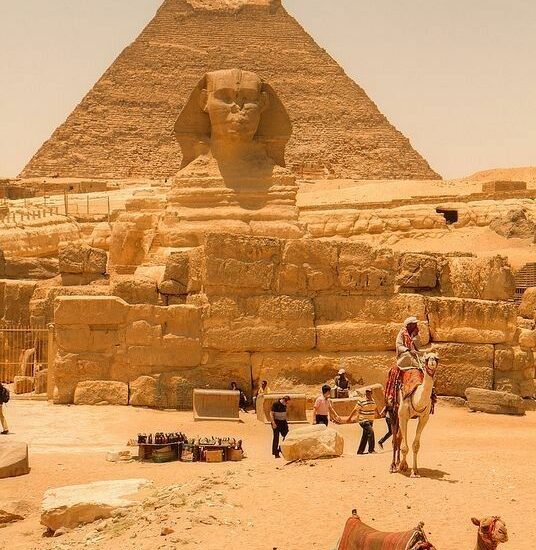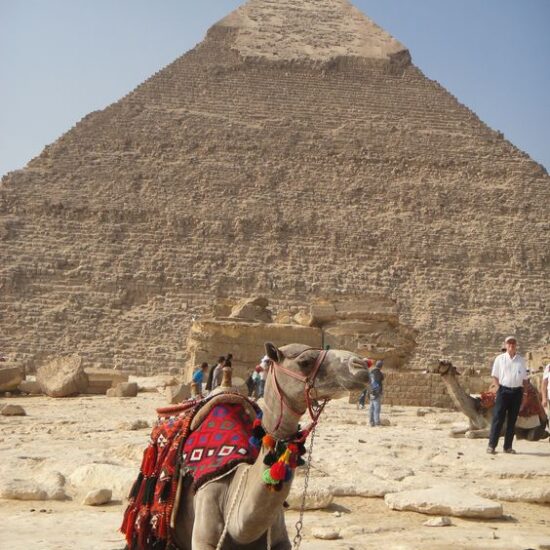Tour Itinerary
Departure from Hurghada :
Early morning departure from Hurghada private car with a knowledgeable guide and dedicated driver.
Scenic Drive to Hurghada :
Enjoy a scenic drive through the Egyptian desert, passing by picturesque landscapes and the beautiful coastline of the Red Sea.
Arrival in Cairo:
Arrive in Cairo and head straight to the Giza Plateau, home to the iconic Pyramids of Giza and the Sphinx.
Exploration of the Pyramids of Giza:
Explore the ancient wonders of the Pyramids of Giza, including the Great Pyramid of Khufu, the Pyramid of Khafre, and the Pyramid of Menkaure.
Marvel at the incredible architecture and learn about the history and significance of these monumental structures from your guide.
Visit to the Sphinx:
Continue your exploration with a visit to the enigmatic Sphinx, the legendary guardian of the Giza Necropolis.
Admire the Sphinx’s majestic stature and learn about the myths and legends surrounding this iconic monument.
Lunch Break:
Enjoy a delicious Egyptian lunch at a local restaurant, savoring traditional dishes and flavors.
Exploration of the Egyptian Museum:
After lunch, head to the Egyptian Museum, home to an extensive collection of ancient artifacts, including the treasures of Tutankhamun.
Explore the museum’s galleries and marvel at artifacts dating back thousands of years, including mummies, statues, and hieroglyphs.
Return Journey to Hurghada :
Depart Cairo in the late afternoon and begin the journey back to Hurghada by private car.
Reflect on the day’s adventures and enjoy the scenic drive through the Egyptian countryside.
Arrival in Hurghada :
Return to Hurghada in the evening, filled with memories of an unforgettable day exploring the wonders of Cairo
 Giza Pyramids Complex
Giza Pyramids Complex
The Giza Pyramids Complex is an iconic archaeological site in Egypt, located on the Giza Plateau near Cairo. It includes the Great Pyramid of Giza, the Pyramid of Khafre, the Pyramid of Menkaure, and the Great Sphinx, along with several smaller pyramids, temples, and tombs. Built during the 4th dynasty of the Old Kingdom of Egypt, these pyramids were constructed as tombs for the pharaohs and are among the largest and most famous pyramids in the world. The Great Sphinx, a mythical creature with the body of a lion and the head of a human, is believed to be a representation of the pharaoh Khafre. The Giza Pyramids Complex is a UNESCO World Heritage Site and is one of the most visited tourist attractions in Egypt, offering visitors a glimpse into the ancient Egyptian civilization’s architectural and engineering prowess.
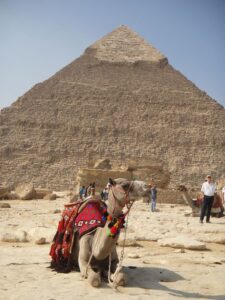
The Pyramids
The Pyramids of Egypt, particularly those at Giza, are some of the most iconic and enduring symbols of ancient Egyptian civilization. These monumental structures were built as tombs for the pharaohs, intended to protect and preserve their bodies for the afterlife. The Great Pyramid of Giza, built for Pharaoh Khufu, is the largest and most famous of the pyramids, standing at a height of around 146 meters (481 feet) when it was originally constructed. The Pyramid of Khafre, built for Khufu’s son, and the Pyramid of Menkaure, built for Menkaure, are also part of the Giza complex.
The construction of these pyramids is a testament to the ingenuity and architectural prowess of the ancient Egyptians. They were built using massive blocks of limestone and granite, some weighing several tons, which were quarried and transported to the construction site. The precise methods used to construct the pyramids, particularly the Great Pyramid, remain a subject of debate among historians and archaeologists. , Despite the passage of thousands of years, the pyramids continue to captivate the imagination of people around the world, drawing millions of visitors to Egypt each year to marvel at their grandeur and mystery.

The Great Sphinx
The Great Sphinx of Giza is a monumental statue with the body of a lion and the head of a human, most commonly believed to represent the pharaoh Khafre. It is situated on the Giza Plateau near Cairo, Egypt, and is one of the largest and oldest statues in the world.
Carved from a single ridge of limestone, the Sphinx stands about 20 meters (66 feet) tall and 73 meters (240 feet) long. It is thought to have been built during the reign of Pharaoh Khafre in the 4th dynasty of the Old Kingdom, around 2500 BCE.
The purpose of the Great Sphinx is not entirely clear, but it is believed to have had a symbolic and protective role, guarding the necropolis of Giza. Over the centuries, the Sphinx has been a subject of fascination and speculation, inspiring countless theories and legends about its origin and meaning. Despite being weathered by time and erosion, the Great Sphinx remains a prominent symbol of ancient Egypt and a testament to the civilization’s artistry and engineering skills.

The Valley Temple

Lunch
Enjoy a delicious Egyptian lunch at a local restaurant, savoring traditional dishes and flavors.

The Egyptian Museum
The Egyptian Museum, located in Cairo, Egypt, is one of the world’s most important museums of ancient history. It houses an extensive collection of artifacts, including the treasures of Tutankhamun and many other fascinating relics from ancient Egyptian civilization. The museum was founded in 1902 and has since become a central repository for Egypt’s archaeological treasures. Its collection includes over 120,000 items, ranging from small objects to massive statues and monuments. Some of the most famous exhibits include the golden mask and sarcophagus of Tutankhamun, the statue of Khafre, and the Narmer Palette, among many others. Visitors to the Egyptian Museum can explore the rich history of Egypt through its artifacts, which span over 5,000 years of history. The museum provides a unique opportunity to learn about ancient Egyptian culture, religion, art, and daily life, making it a must-visit destination for anyone interested in the history of this fascinating civilization.



